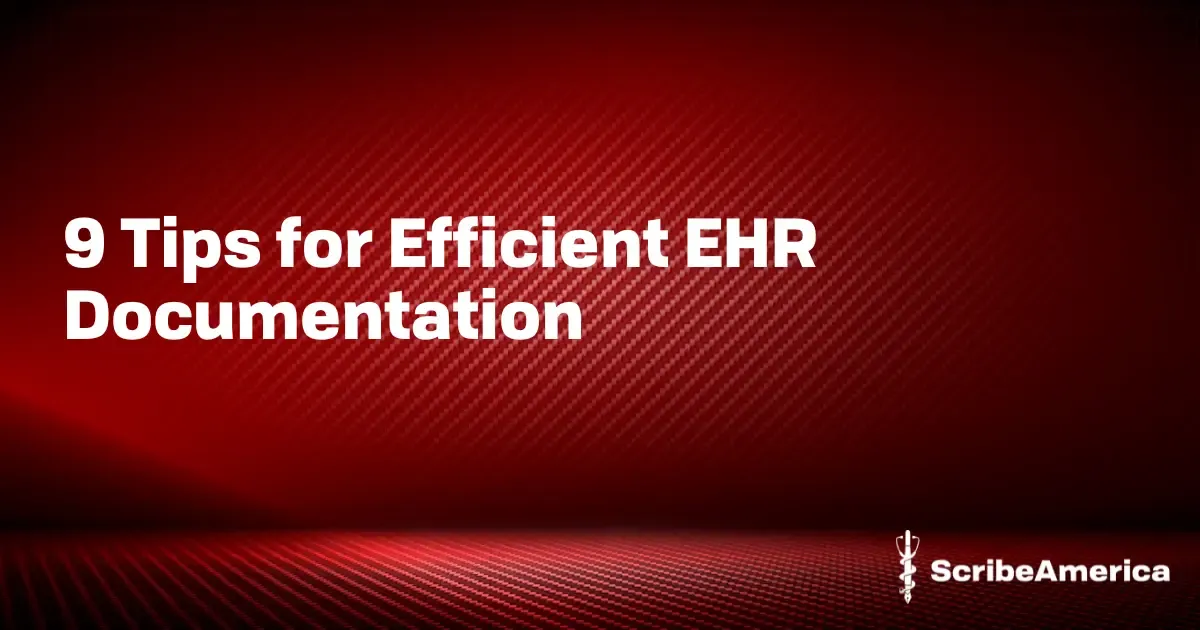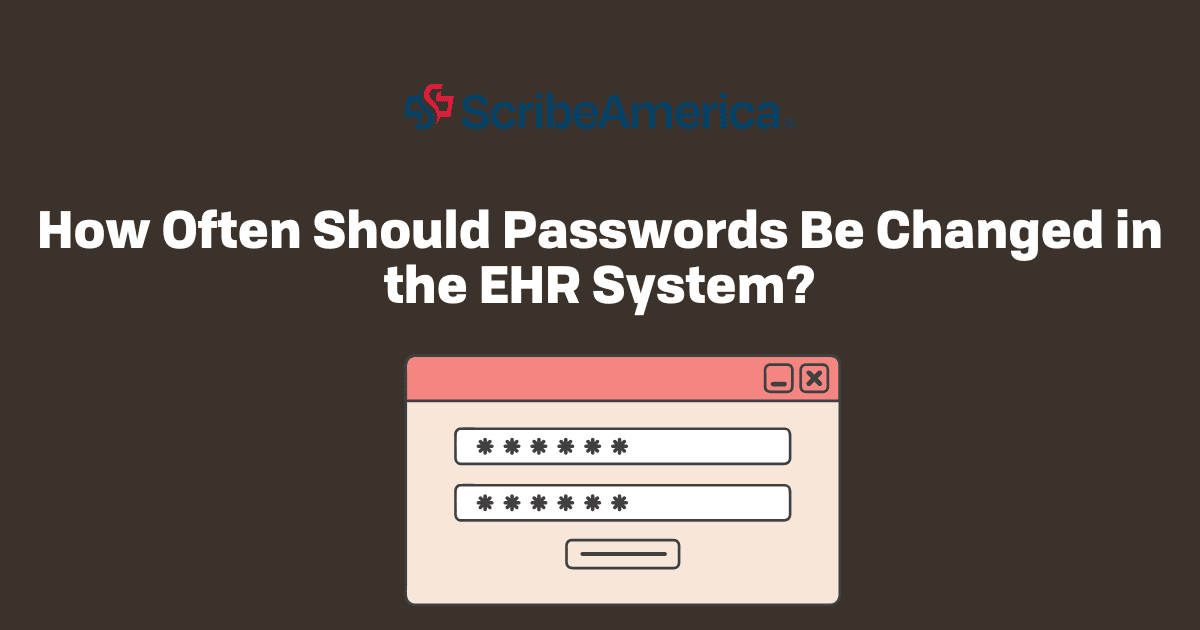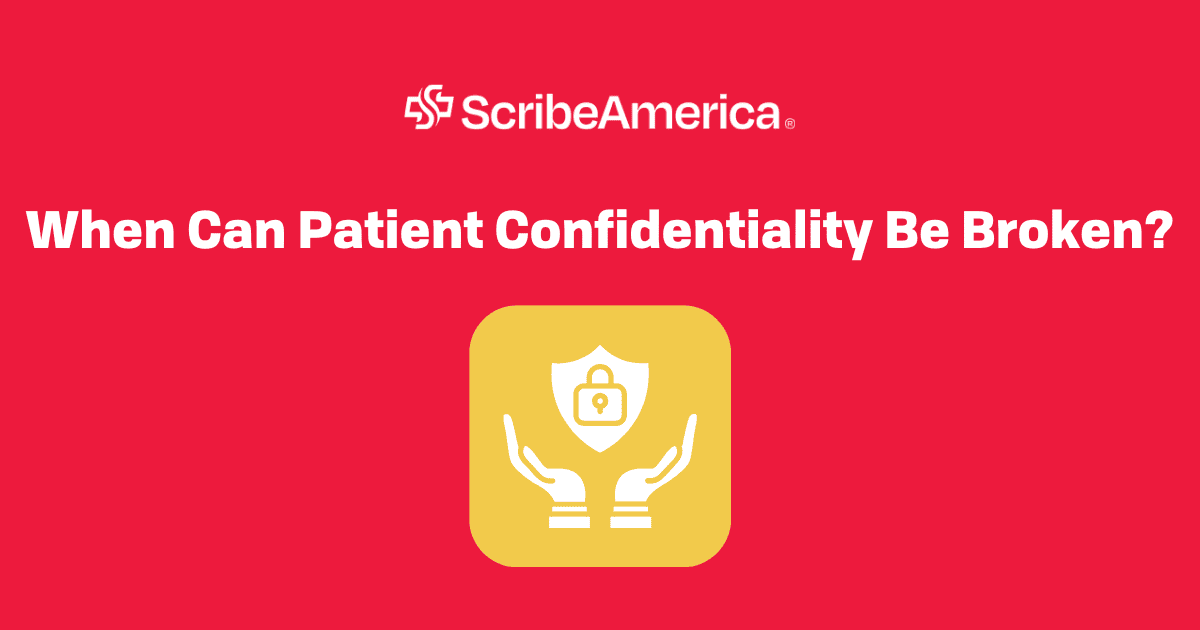Electronic Health Record (EHR) documentation is a vital aspect of modern healthcare practices that helps to ensure that patient information is accurately collected and easily accessible. However, the process can be time-consuming and complex without the right support and tools. What are the best practices for EHR documentation?

How to improve EHR documentation?
Are you wondering how to improve documentation in healthcare and streamline workloads and processes at a healthcare organization? Check out 9 tips for medical documentation:
- Familiarize your team with EHR documentation guidelines - these help to standardize the documentation process and ensure that all necessary information is included. Reading the official guidelines can help you identify areas for improvement and streamline your documentation process.
- Utilize templates - instead of starting from scratch each time, you can use pre-existing templates to ensure that all the necessary information is included. This can save you time and reduce errors in documentation.
- Keep it consistent - using the same terms throughout your EHR documentation can improve readability and understanding, making it easier to access important information. Additionally, consistent terminology can help you to identify patterns and trends in patient data, which can ultimately lead to improved patient care.
- Delegate tasks to medical scribes - working with medical scribes is an excellent way to improve the efficiency of your EHR documentation process. They’re trained professionals who can assist with documentation tasks, such as taking notes during patient visits and entering information into the system. This frees up time for healthcare professionals to focus on patient care, ultimately improving outcomes.
- Leverage technology - data entry is a time-consuming process, and many healthcare professionals find themselves spending a significant amount of time on this task. To improve efficiency, it's important to minimize unnecessary data entry. This can be done by utilizing voice recognition software or other tools that can automate the documentation process.
- Make use of shortcuts - many EHR systems have built-in shortcuts that can help to improve efficiency. Looking for the best practices for EHR documentation? Learn how to use these shortcuts to significantly reduce the time spent on documentation tasks.
- Ensure data accuracy - double-check information and verify that all necessary information is included. Adhering to EHR documentation guidelines will help prevent errors and ensure that patients receive personalized care.
- Document as you go - documentation should be completed as patient care is provided, rather than waiting until the end of the day to document everything at once. Thanks to it, you won’t forget about any important facts that can have an impact on the healthcare plan.
- Regularly review and update the process - if you want to continuously improve the quality of delivered patient care and make sure that the documentation is consistent, you need to keep your finger on the pulse. One of the best practices for EHR documentation is to stay up-to-date with changes in technology and the systems.
EHR documentation guidelines - The takeaway
EHR documentation is a crucial aspect of modern healthcare practices. By following these nine tips, you can streamline the process and improve patient experience. Thanks to prioritizing patient care and utilizing technology, healthcare professionals can work towards providing the best possible care for their patients.
Read also: How to Improve Typing Speed and Accuracy? Tips on How to Become a Fast Medical Scribe





